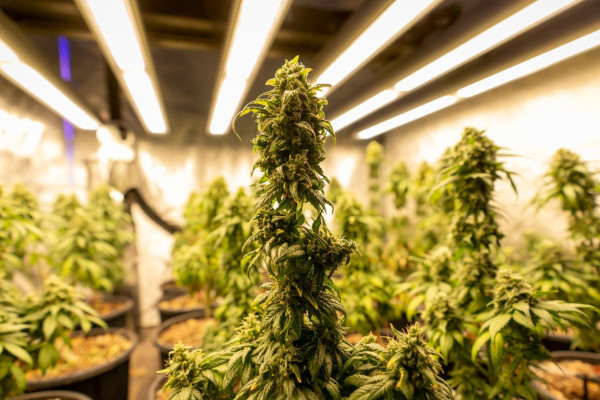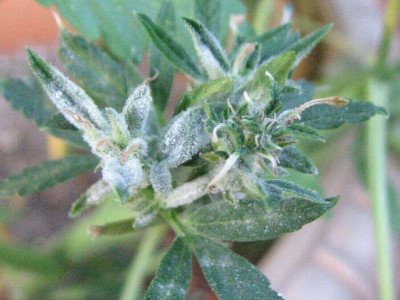0.00 грн.
CheckoutPPM Tracking Rules for Marijuana

To grow healthy and productive marijuana, it is important to consider many factors: lighting, humidity, temperature, but one of the key indicators is PPM. This value plays an important role in the growing process, especially if you want to achieve optimal growth and maximum yield. Let's find out what PPM is, how to measure it, and why it is so important.
The material is for informational purposes only for people over 18 years old, we remind you that the cultivation of marijuana plants is not allowed in all countries.
PPM - what is it?
PPM (Parts Per Million) is a unit of measurement for the concentration of salts and minerals in solution. Simply put, PPM shows how many particles of substances are contained in one million particles of water. This indicator directly affects the ability of marijuana roots to absorb nutrients. If the PPM level is too low, the plant will lack “food”. If it is too high, root burns can occur.
TDS meters and EC meters are used to conveniently measure PPM. TDS (Total Dissolved Solids) displays the total amount of dissolved salts, and EC (Electrical Conductivity) measures the electrical conductivity of water. In practice, both devices help you determine how “strong” a solution you are giving your plant.
How much PPM is needed for different stages of marijuana growth?
Marijuana at different stages of growth requires different levels of nutrients.
For example, sprouts need minimal amounts of salts because their root system is just forming. At this stage, it is better to stick to 100 to 250 PPM.
When the plant enters the vegetative phase, it actively gains weight, develops roots, stems and leaves. Here, the PPM range increases to 500-800. During the flowering period, marijuana needs more phosphorus and potassium, and the PPM can reach 1000-1600 depending on the variety.
If you are growing marijuana in coconut substrate, aim for slightly lower values than for soil. Coconut removes salts faster, so the permissible PPM level for it will be about 10-15% lower. For precise control, ready-made tables that can be found on the Internet will help, or you can create your own based on experience.
PPM table for marijuana in the ground
A PPM table is a handy tool to help you not get confused about changing nutrient concentrations. Here is an example of a basic table:
| Growth stage | PPM | Note |
| Sprouts | 100-250 | Minimum fertilizer, clean water |
| Vegetation | 500-800 | Increase nitrogen |
| Early flowering stage | 800-1000 | Add phosphorus and potassium |
| Late flowering stage | 1000-1600 | Maximum load |
It is important to remember that too high values can cause salinization of the substrate, which will negatively affect the health of the plant.
How to measure PPM?
To measure PPM, you will need a TDS meter or EC meter. Here are the step-by-step instructions:
1. Calibrate the device. Before you start, make sure your meter is calibrated. To do this, use a standard solution with a known value.
2. Prepare the solution. Pour the nutrient solution into a beaker or container.
3. Immerse the instrument. Lower the TDS meter sensor into the water. Make sure that the sensor is completely covered with the solution.
4. Record the reading. Wait until the numbers on the screen stabilize and record the reading.
5. Adjust the solution. If the PPM level is higher or lower than normal, adjust the nutrient concentration by adding water or fertilizer.
Tips for beginners
- Never neglect regular PPM measurements, especially if you are using coconut substrate. Coconut can “mask” excess salts, which will lead to root damage.
- Use only high-quality cannabis fertilizers that are suitable for hydroponic systems to avoid clogging the solution.
- Clean the sensor of the TDS meter after the measurement to extend its service life.
Properly tracking PPM for marijuana is not just a technical process, but an important aspect of plant care. If you learn how to balance nutrients, your plants will thank you with high yields and product quality.


